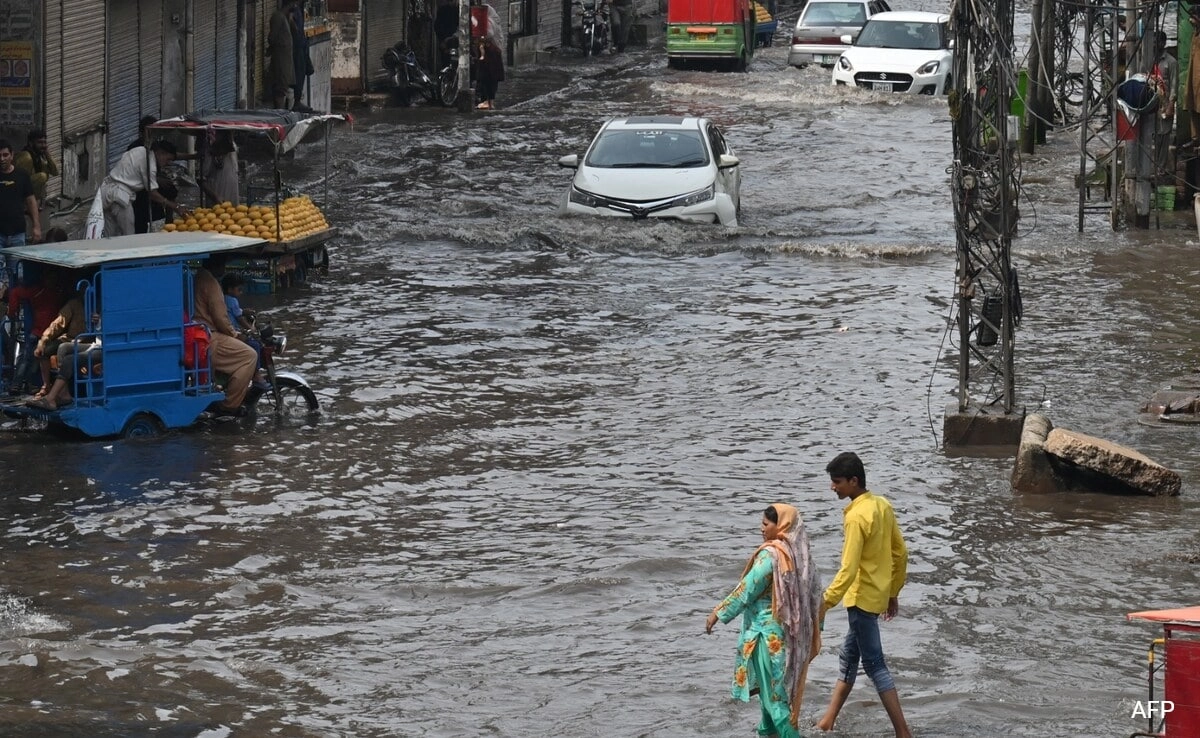The recent floods in Pakistan have resulted in a devastating loss of life and property, with reports indicating that approximately 800 individuals have perished due to the severe weather conditions. This catastrophe has also led to significant damage to infrastructure, with around 7,000 homes reported as either destroyed or severely impacted. Experts attribute much of this tragedy to inadequate planning and a lack of preparedness for such natural disasters, highlighting systemic issues within the country’s disaster management framework.
The floods have wreaked havoc across various regions, displacing thousands of families and prompting urgent calls for humanitarian aid. Relief efforts have been hampered by the sheer scale of the disaster, as local authorities struggle to provide immediate assistance to affected populations. The devastation extends beyond human casualties, as agricultural lands have also been inundated, threatening food security in the region. The economic repercussions of these floods are likely to be felt for years, as rebuilding efforts will require significant resources and coordination.
Critics of the government have pointed out that the recurring nature of such disasters should have prompted better infrastructural planning and investment in flood management systems. Many communities in flood-prone areas have long been aware of the risks yet have seen little action taken to mitigate them. The situation calls for a comprehensive review of current policies and a renewed commitment to disaster preparedness that prioritizes the safety and resilience of vulnerable populations. As the nation grapples with the aftermath of these floods, the lessons learned must inform future strategies to prevent similar tragedies from occurring.




